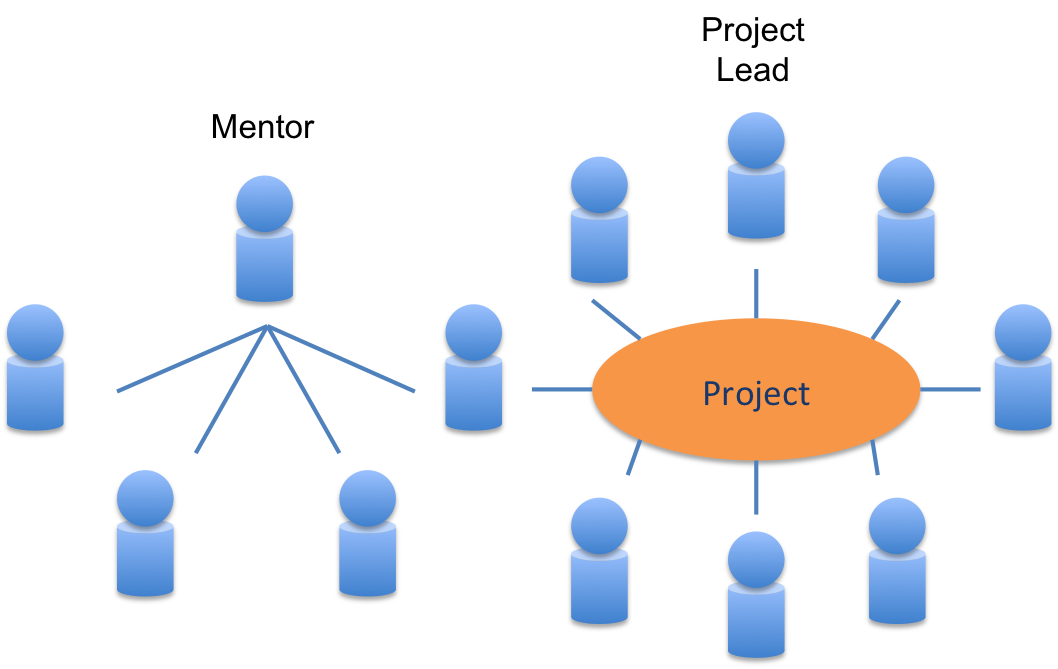Learning is not an event. It is a continuum. We are constantly reconstructing our reality in small ways in order to accommodate new information. We may want to learn how to do a task at the moment of need, but we cannot absorb that information unless we have laid the groundwork to provide context. Over time we build layers of mental frameworks on which to hang our learning. If we are providing information to be accessible at the moment of need, it must be accessed in a way that matches those frameworks or people will not be able to find it quickly or understand it when they see it.
In order to get to the point where this absorption is possible, time must be taken to build up a general understanding of the concepts involved. An individual must disassemble their previous understanding and then reassemble it in a new way that can accommodate the new information. In this way, learning is the same thing as creativity which disassembles and reassembles existing forms to create new ones. The process Disassemble And Reassemble Your Models Of Understanding (DARYMOU) cannot be done for the learner. The environment must be created that enables them to do it for themselves. Where did we all learn about gravity, motion, cause and effect and social dynamics? The Playground. We need to create a playground for learning in the workplace. This involves providing diverse resources, opportunities to fail, collaborative activities and time for reflection.
The disassembly process is done with humor, absurdity, memes, thought experiments etc. The reassembly portion requires that people can organize ideas into a structure. This can be done with a tool called a Knowledge Graph or Ontology. It is a visualization of the network of relationships between entities in a domain of knowledge. This tool is extremely adaptable so it can be extended over time to accommodate new ideas. It is easily accessed because of its visual logic and so it can be used later to organize information for when the person needs to access it at the moment of need.
